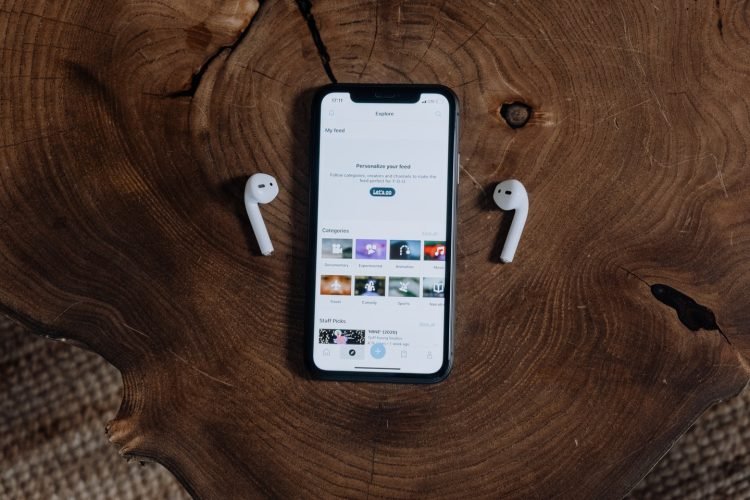
The rise of digital technologies has profoundly transformed the way we consume audio content. Among these transformations, two formats stand out: podcasts and online radios. While some consider these two forms of broadcasting to be complementary, others see them as direct competitors. But what is the reality?
The rise of podcasts
Podcasts have seen a growing popularity in recent years. This format, which allows for downloading or streaming audio shows on demand, offers great flexibility to listeners. They can choose precisely when and where to listen to their favorite content, perfectly fitting into modern, mobile lifestyles. Additionally, podcasts cover an extremely wide range of topics, from current events and interviews to fictional stories and practical advice.
Podcast creators also benefit from this flexibility. Producing a podcast often requires fewer resources than managing a traditional radio station, allowing a greater diversity of voices to be heard. The barriers to entry are lower, opening the door to new and varied perspectives.
Online radios: the evolution of classic broadcasting
Alongside the rise of podcasts, online radios have transformed the radio broadcasting landscape. Unlike FM or AM stations, online radios are not limited by specific frequencies and can reach a global audience. This expanded reach allows niche stations to thrive and find their audience without geographical constraints.
Online radios also offer advantages in terms of sound quality and program diversity. They can broadcast in high quality and offer varied content, from specialized music to thematic shows. Moreover, the possibility of live interactions via chats or social media enriches the listener experience.
Complementarity or competition?
Although podcasts and online radios share many similarities, they meet different needs and can therefore be seen as complementary. Podcasts offer on-demand listening, which is ideal for an audience seeking flexibility and specific content. In contrast, online radios provide a real-time listening experience, often accompanied by live elements such as interviews or interactive shows, creating an immediate sense of community.
However, there are areas of overlap. For example, some online radio stations offer podcasts of their most popular shows, allowing listeners to enjoy them at their convenience. Conversely, some podcast creators broadcast their episodes live before making them available on demand.
Conclusion
In the end, podcasts and online radios are not necessarily in direct competition. On the contrary, they can complement and enrich each other, enhancing the listener experience. While podcasts cater to the growing demand for personalized and on-demand content, online radios maintain the tradition of live broadcasting while adapting to new technologies and modern listener expectations. Together, they shape the future of audio consumption, offering an unprecedented richness and diversity of content.






